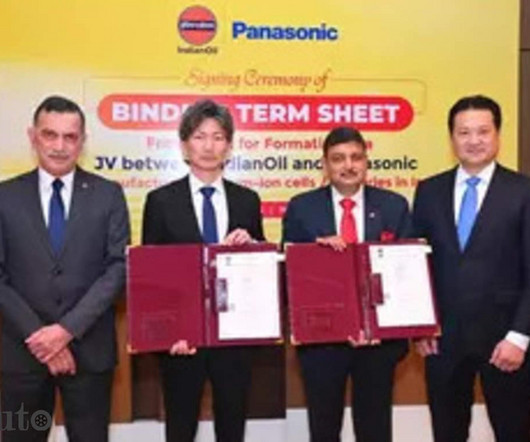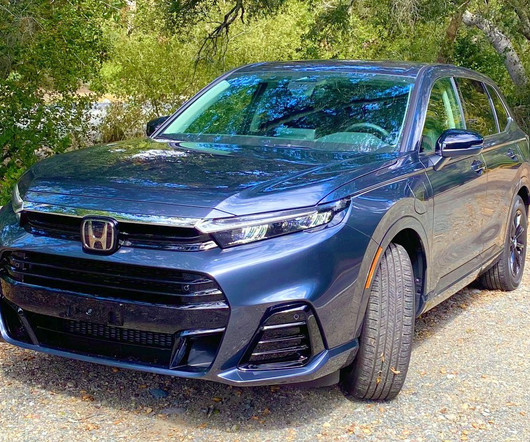Indian Oil ropes in Panasonic for manufacturing cylindrical lithium-ion cells in India – ET Auto
Baua Electric
MARCH 31, 2024
New Delhi: Indian Oil Corporation Limited and Japan’s Panasonic Energy Co. a Panasonic Group company, have signed a binding term sheet to form a JV for manufacturing cylindrical lithium-ion cells in India for two-and three-wheel vehicles and energy storage systems, the public sector oil giant announced on Sunday.












Let's personalize your content